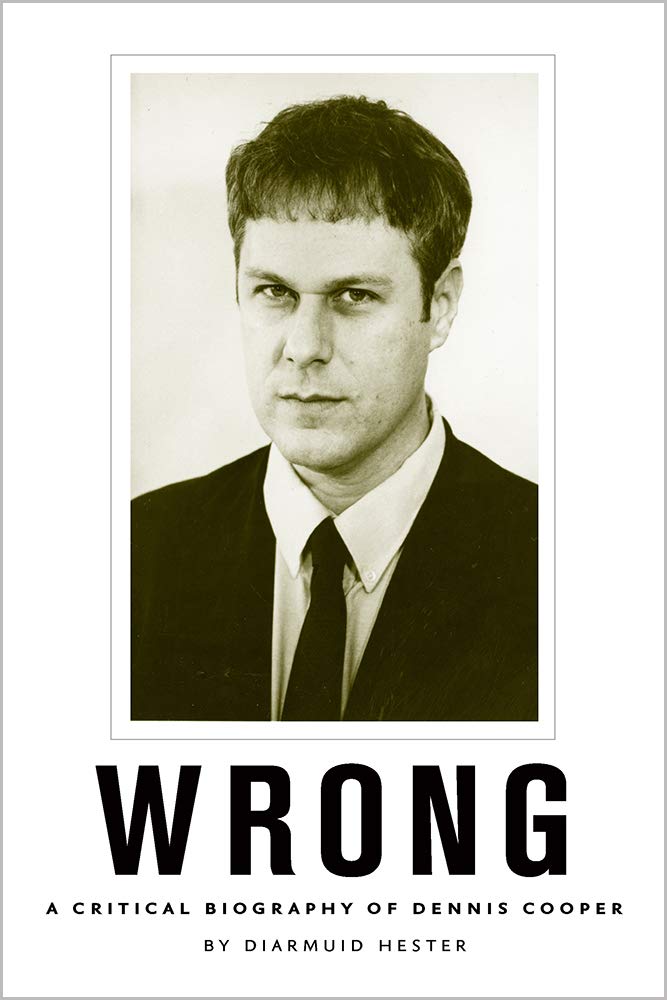* (Halloween countdown post #11)
“Absurd (Rosso Sangue)” by Carlo Maria Cordio (1981)
Absurd, also known as Anthropophagus 2, Horrible (in the uncut US version) and Rosso Sangue was directed by the infamous Joe D’Amato (Black Emmanuelle series, Beyond the Darkness) as a sequel to the notoriously gory Anthropophagus. This soundtrack, composed by organist Carlo Maria Cordio (Troll 2, Pieces) has grown on me over the years to become one of my favorite horror film scores and something I put on just to listen to the tense funk, moving downtempo and dark progressive rock he put together.
“Á l’intérieur” by François-Eudes Chanfrault (2007)
Julian Maury and Alexandre Bustillo’s entry into New French Extremity, Inside is a bleak and gory take on the home invasion genre of horror films, constantly flipping expectations of genre. Claustrophobic to its core, François-Eudes Chanfrault’s (High Tension, Who Killed Bambi?) soundtrack mirrors the films tension in a perfect way utilizing heavy beats and ambient pads.
“Spookies” by James Calabrese & Kenneth Higgins (1986)
If you were a night owl like I was in in the late 1980s you maybe caught a surreal film with amazing practical effects and flatulent zombies. Spookies is now a cult film with its own following, check out the whole write up on the Dissolve, and a much clearer back story about how a film so deranged and slapped together came to be. Calabrese and Higgins’ soundtrack has some excellent 80s synth jams, creepy FM synthesis and manic chills that make it a stand out discovery.
“Nosferatu the Vampyre” by Popol Vuh (1979)
Klaus Kinski. Werner Herzog. Popol Vuh. I do not think more needs to be said. This is Popol Vuh at their most atmospheric, spiritual and haunting scoring what I think of as one of Herzog’s masterpieces adapting Murnau’s Nosferatu: A Symphony of Horror (1922) since they were unable to secure the film rights for Dracula. Popol Vuh used two tracks off of their 1978 album “Brüder des Schaattens – Söhne des Lichts” and additional original material and generate a haunting spectral folk score full off eerie monastic moods, droning sitars, psych guitars and medieval romps that fit Herzog’s haunting film.
“The Beyond” by Fabio Frizzi (1981)
Kind of shocked I did not include this in my previous post on the blog, Frizzi being one of my favorite score composers, and The Beyond one of my favorite Lucio Fulci films. I’ve written extensively on this soundtrack in my zine Dead Air but it is such a beautiful marriage of surreal horror – Fulci being inspired by Artaud’s Theatre of Cruelty – and haunting musical soundscapes composed of strings, chorus, mellotron and a great band that I couldn’t ignore it in this post.
“Under the Skin” by Mica Levi (2014)
Loosely based off of Michael Faber’s sci-fi horror novel from 2000, Under the Skin is a minimal tale about what it means to be human, while executing them. Directed by Jonathan Glazer Under the Skin pares down the novel, leaving a lot of open questions which enhance the suspense and horror. Mica Levi, also known as Micachu, composes a tense abstract string based score that utilizes a palette from modern composition and takes it to a new terrifying place with both calming ambience and atonal repetitive shrieks.
“Possession” by Andrezj Korzynski (1981)
I do not think there is another film quite like Possession. Director Andrezj Zulawski’s extreme vision of a marriage falling apart, written during the proceedings of his own divorce, rests on a knife edge of body horror and psychological horror. The score marked a turning point in the composer, Andrezj Korzynski’s career using both dark dreamy synths and driving drum machines alongside longing strings.
“Mandy” by Jóhann Jóhannson (2019)
Panos Cosmatos made a name for himself with the eerie Altered States like film Beyond the Black Rainbow that bore with it an exceptionally strong soundtrack by Jeremy Schmidt (Sinoia Caves) so his follow up was highly anticipated. Mandy is one of my favorite scores recently and I am in awe of Jóhann Jóhannsson’s post-humous soundtrack and how it can terrify, soothe and crush with tracks fully under the influences off doom, ambient and black metal assisted by Stephen O’ Malley (Sunn O)))) and others. It is a singular work.
Unavailable Soundtracks:
It is insanely frustrating to not be able to find a score, especially when you’re watching a great film and something grabs your attention. This happens for a few reasons, lack of a sense of posterity, technological reasons (recording straight to the film i.e. Texas Chainsaw Massacre), and budget. To me, though frustrating to just listen to, it requires you to return to the film and watch it, or put it on in the background to hear something amazing. So my last two entries are a few soundtracks that I would love to see issued but I know would be difficult.
“Burial Ground” by Berto Pisano (1981)
Burial Ground is such a strange horror film, also known as Zombie Horror, The Zombie Dead, Nights of Terror and one of the many films to go by Zombi 3. Directed by Andrea Bianchi (Malambimba, Cry of a Prostitute) the film uses an incredibly effective use of gore and rotten zombies but also a bizarre cast, including a young boy played by an obvious adult (who eventually eats his mother’s nipple) all trapped in a house besieged by the undead. This soundtrack has never officially been issued outside of a bootleg vinyl on Troniks offshoot Saxon Gregory Productions, and Berto Pisano (aka Bert Rexton) passed away in 2002, but his dreamy synth score only adds to the uncanny elements of the film.
“The Tombs of the Blind Dead Collection” by Anton Garcia Abril (1971 – 1975
Amando de Ossorio’s Blind Dead series is one of my favorite zombie film franchises, composed of Tombs of the Blind Dead, Return of the Blind Dead, Ghost Galleon and Night of the Seagulls. All offer something based around a desecrated Knights Templar seeking revenge, people offending them and being hunted down in insanely scenic locations in Spain and Portugal. Accompanying these films are great scores by Anton Garcia Abril, using excellent monastic chants and abrupt string accompaniment. Abril, a lauded composer and respected educator, has even claimed himself that the soundtracks are not available nor would he want them available.
Mixcloud of past DEAD AIR radio shows:
Terence Hannum is a Baltimore based musician, visual artist and writer. Playing solo and in groups Locrian, The Holy Circle and Axebreaker. For the past years he DJs the horror soundtrack radio show DEAD AIR on WLOY and publishes a zine under the same name covering notable horror soundtracks.
*
p.s. Hey. ** Today the blog has the true honor of hosting a Halloween ear feast curated by the superb musician (Locrian, The Holy Circle, Axebreaker), visual artist and writer Terence Hannum, a guy who both makes and knows his spooky stuff. Read, click, listen, and luxuriate, folks. And any commentary you can spare to/for Terence would be optimal and much appreciated. Thanks, and ultra-thanks to you, Mr. Hannum! ** _Black_Acrylic, Ah, I remember coming “this close” to including that grave in the round-up but not I didn’t. A classic. Thanks, Ben. ** Misanthrope, I did think they added a certain … pizzazz. Wow, I’ll hunt down that blog. Nice that he’s still writing in one form or other. The Shaggs are great in a way that defies words and logic. Like the best things, I guess. If you’ve never seen this video of the MC 5 playing ‘Kick Out the Jams’ live in 1970, it’s as good as live rock gets, in my opinion. Ha ha, I’ll try to find that Bernard Butler clip. 24/7 wide-eyed is the key to a fruitful life. Oh, wow, I remember that haunted house. It was in Soho, right? Fun. And I think we weirdly bumped into Alan outside or something. ** David Ehrenstein, Hi. You’re the only I know who thinks Clementi died of AIDS. I’ve queried a couple of people who knew him well, and they just rolled their eyes. He died of cancer. That’s just the way it is. Thank you for the John Waters link. I think landslide is serious wishful thinking, but we will see not soon enough. ** Sypha, Of course I think your horror idea with the New Narrative approach is very exciting, but the writing itself will choose the approach, I guess, or maybe that’s just me. The only ‘horror’-related New Narrative book I can think of is Dodie Bellamy’s ‘The Letters of Mina Harker’, but that’s very different from what you’re thinking of doing. ** Jeff J, Hi, Jeff. I’m happy it snuck up on you. When I go through the archive looking for things to restore, even I fairly often find posts I have no memory of making/posting. Great talking with you too! Well, all in all, that’s good news about the sudden teaching gig, right? If you de-scarce yourself, I would be curious to know what you’re having them read and what exercises you come up with. Oh, ‘Streetwise’, yes. I haven’t seen it since it was first released, but I liked it very much. Haven’t seen ‘B Side’. I’ll track it down. I don’t think it was released here because I definitely would have gone. Thanks for the ‘Trial of the Chicago Seven’ report. That sounds like what I expected in the best case scenario. Like I said, that trial and those guys were a big thing to me when I was a teenager, and I would really like to refresh my memory and fill in whatever blanks, so I will for sure see it. I’m good over here, stay as good as possible over there. ** Steve Erickson, I don’t think I can get it up to see the new ‘Borat’. He’s never really floated my boat, and the Guiliani clip will be easy enough to see on its own, I’m sure. Ghostemane, huh, yeah, that sounds fun, actually. Okay. Thanks! ** Armando, Hey, man. Thanks about the post. Among film buff types, there seems to be a general consensus that Bresson’s b&w films are his best, not that I’ve read much negative about the later color ones other than some thinking they’re too bleak. Apples and oranges and all of that. They’re all sublime in my opinion. Good to see you, take care. ** Brian O’Connell, Hi, Brian. Cool. Yeah, me too, obviously, since I obviously enjoyed all the hunting through the graves to find the weirdest ones. Victor Noir’s grave is in Pere Lachaise here, so I’ve seen it a bunch, and a couple of times there was literally a line of people waiting to rub his/its crotch. I think if there wasn’t the general COVID fear thing re: being in a room full of swarming others, I might go just to watch the scavenging, but that anxiety is just enough to keep me away. Although I do live about a 15 minute walk from the Grand Palais, and I could peek through the windows, actually. ‘Pickpocket’ and ‘A Man Escaped’ are both extraordinary and excellent choices. ‘Diamonds of the Night’ is pretty grabbable, so that makes sense. Thank you, I will call one of my more stimulating friends today and make that happen, and I hope your today’s decor is stimulating too, whether the source is sentient or not. ** Right. Please let Terence’s eerie audio array wash over you until I see you again tomorrow.

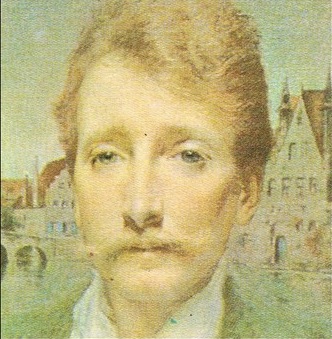

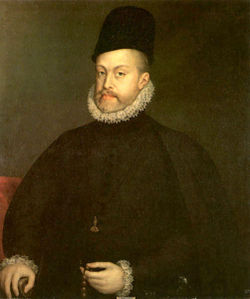

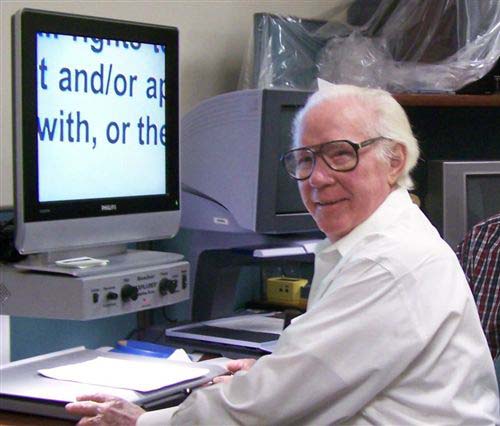
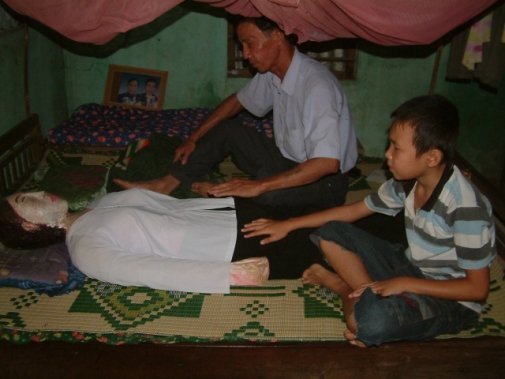

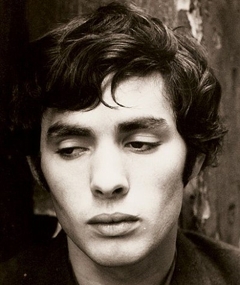
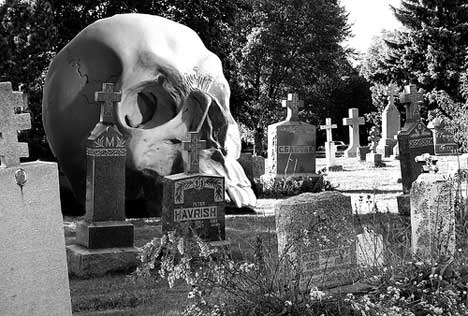

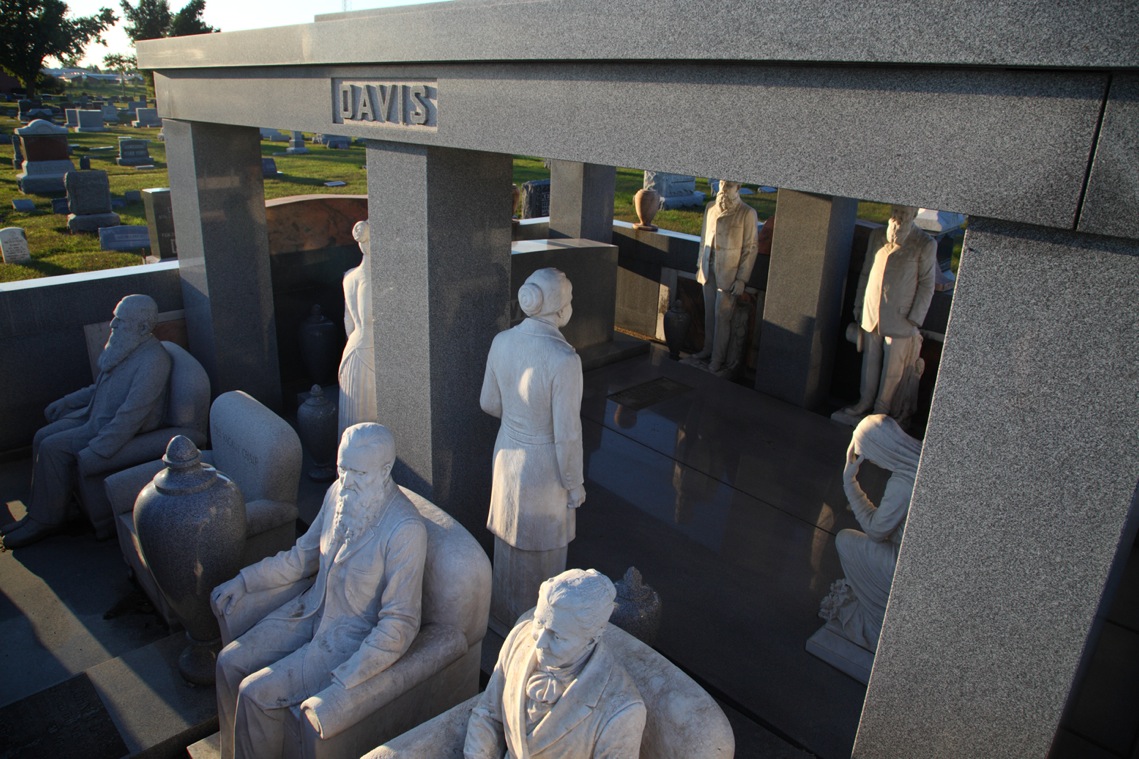
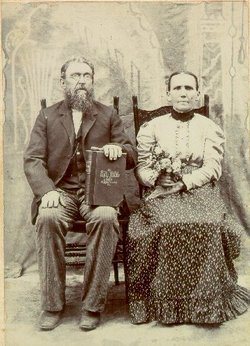
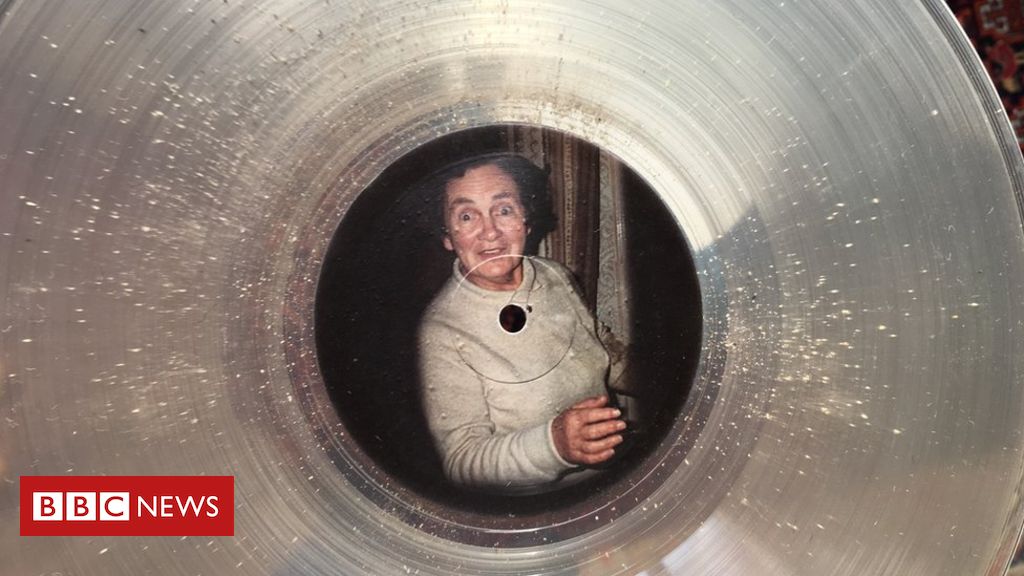
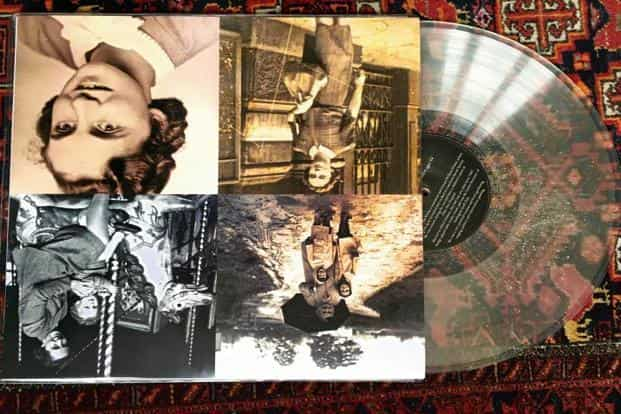

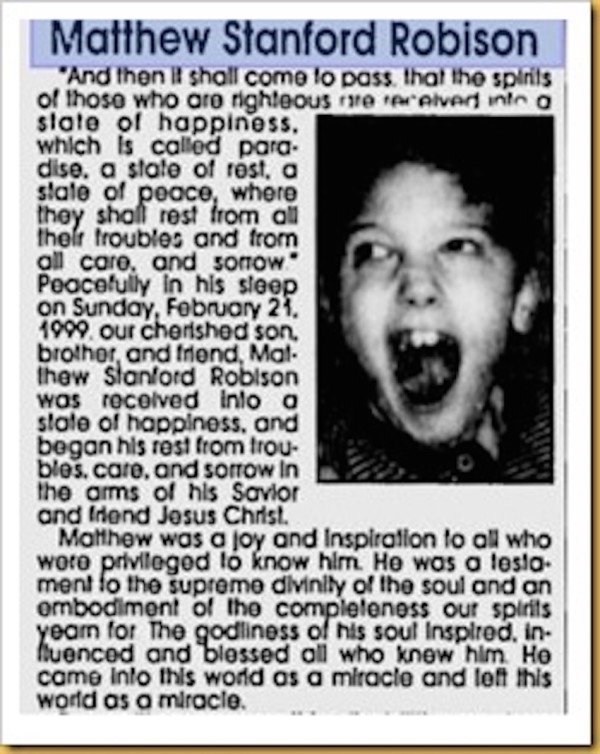


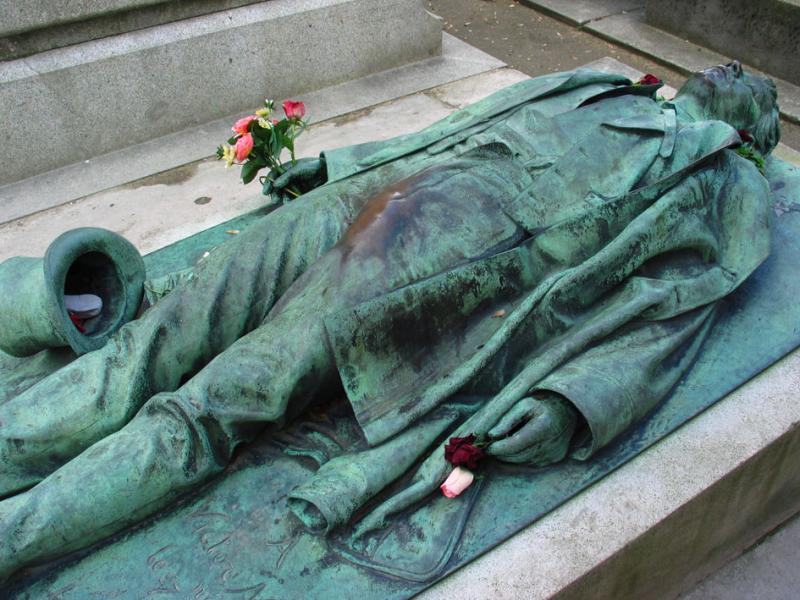
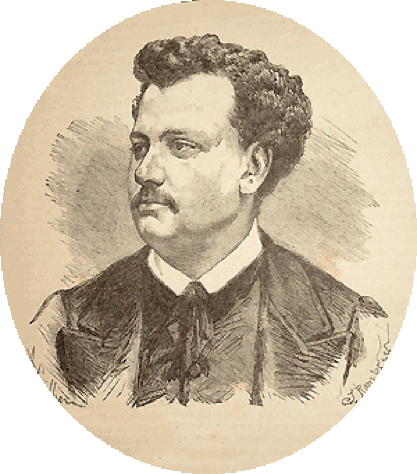
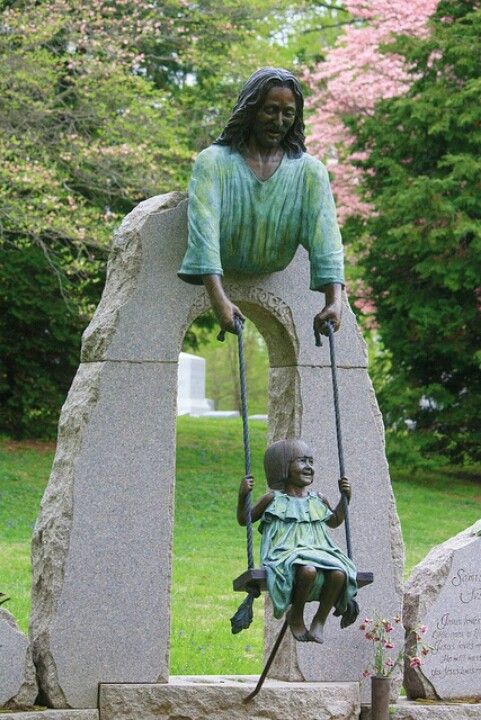

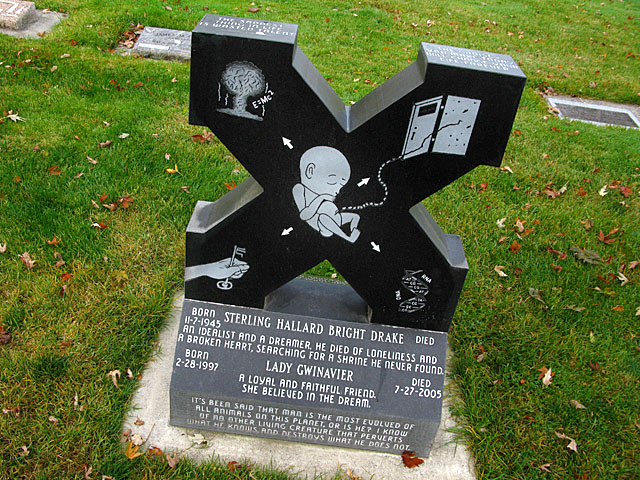

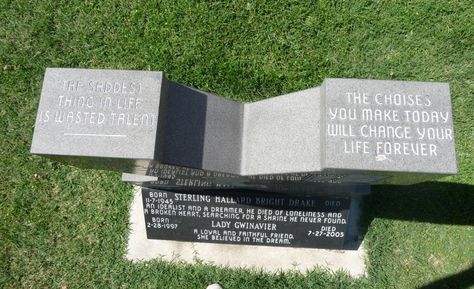
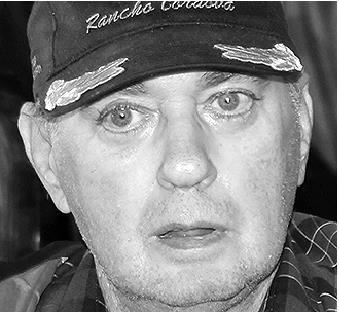


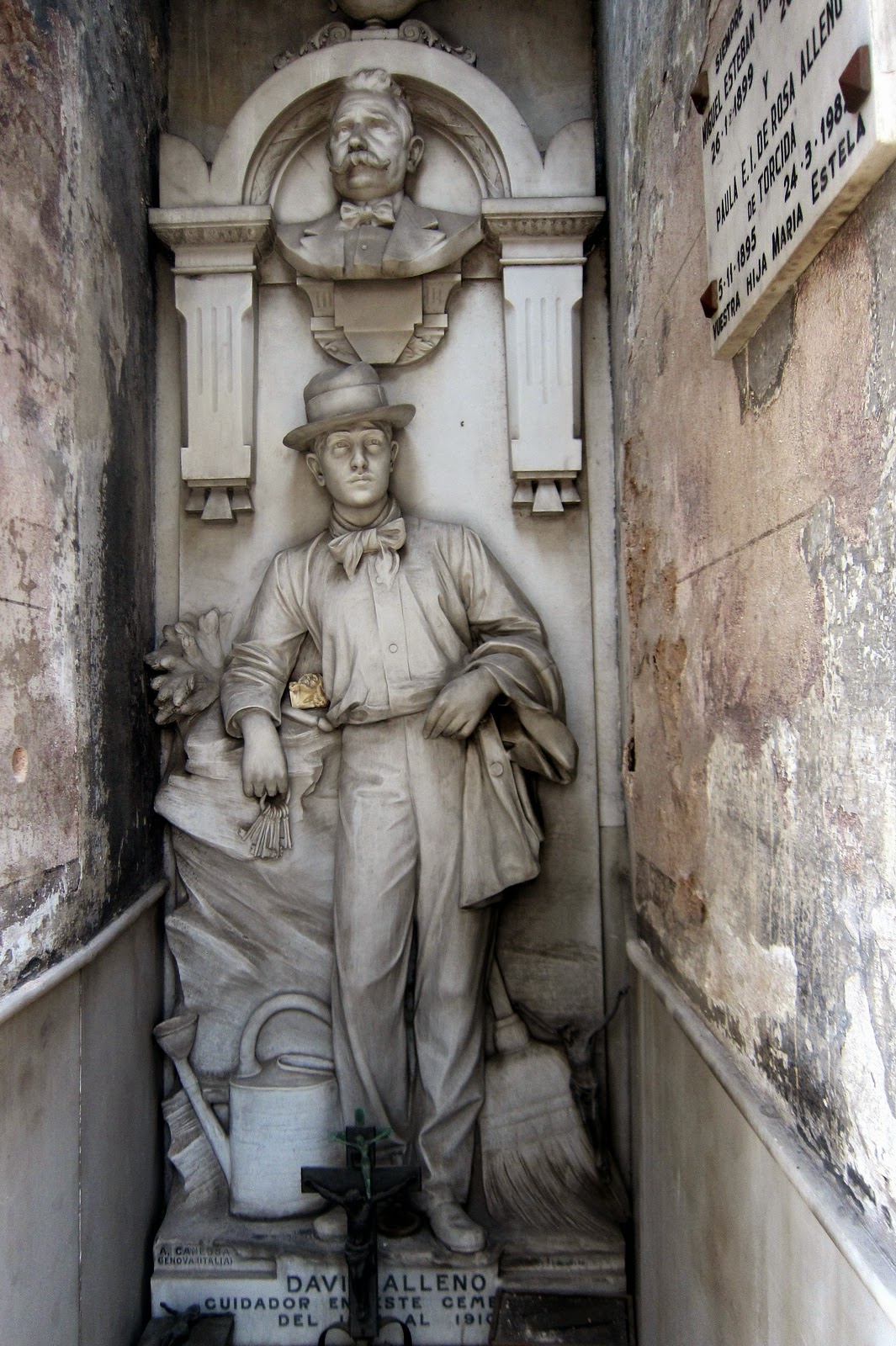
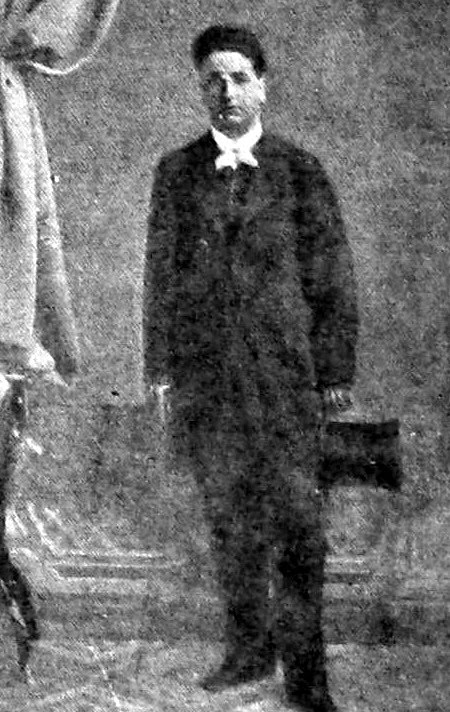
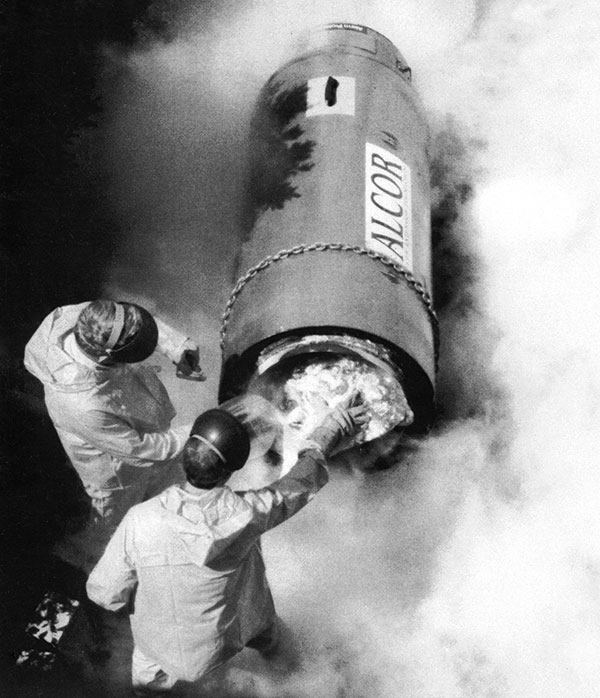
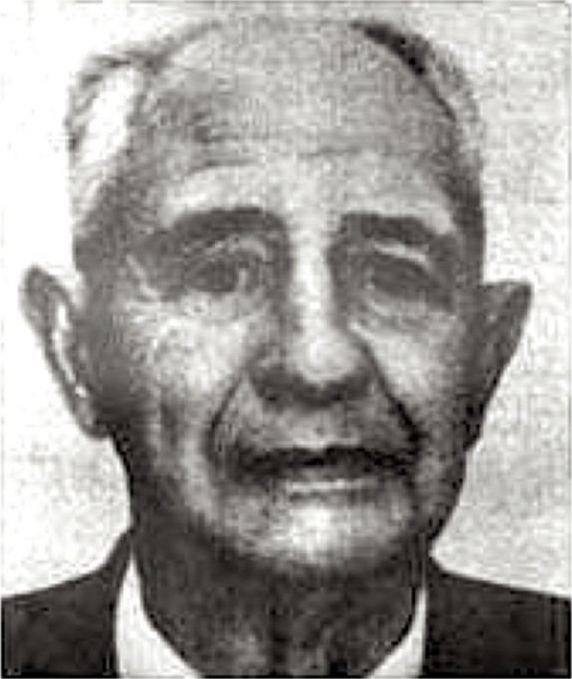
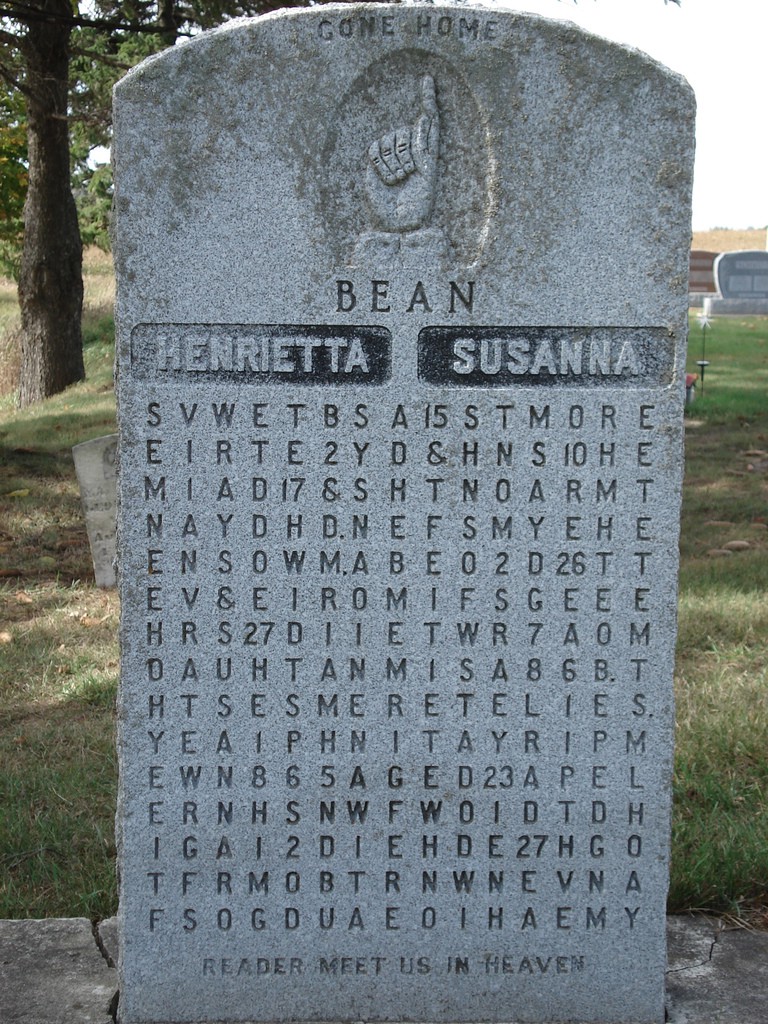
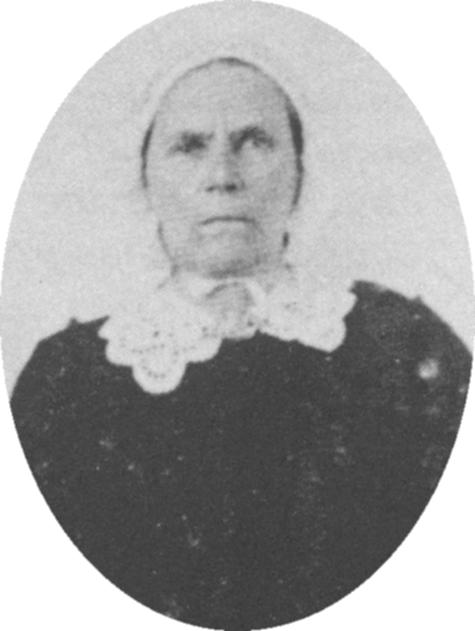
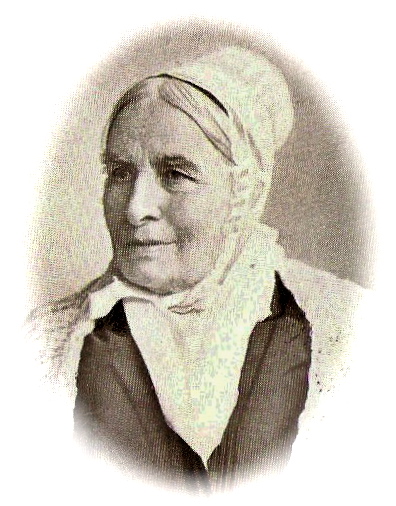
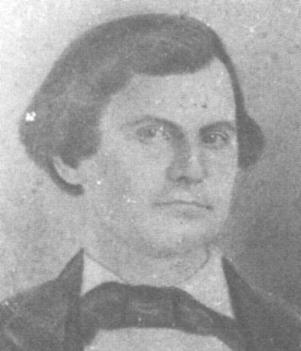
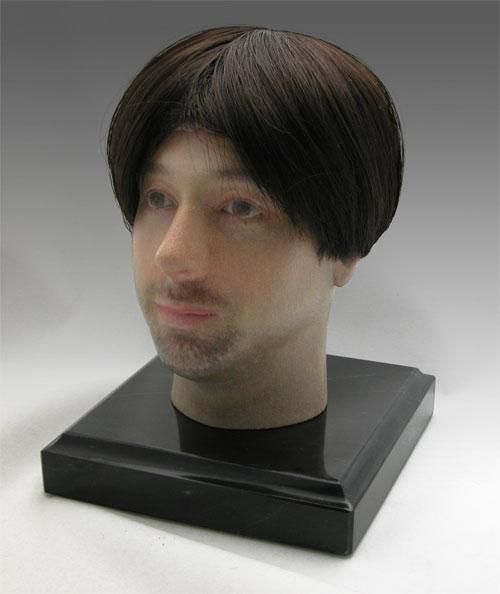
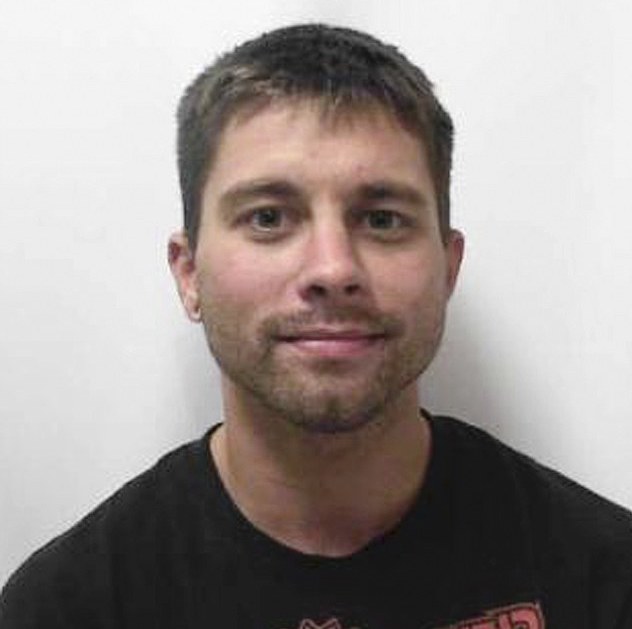
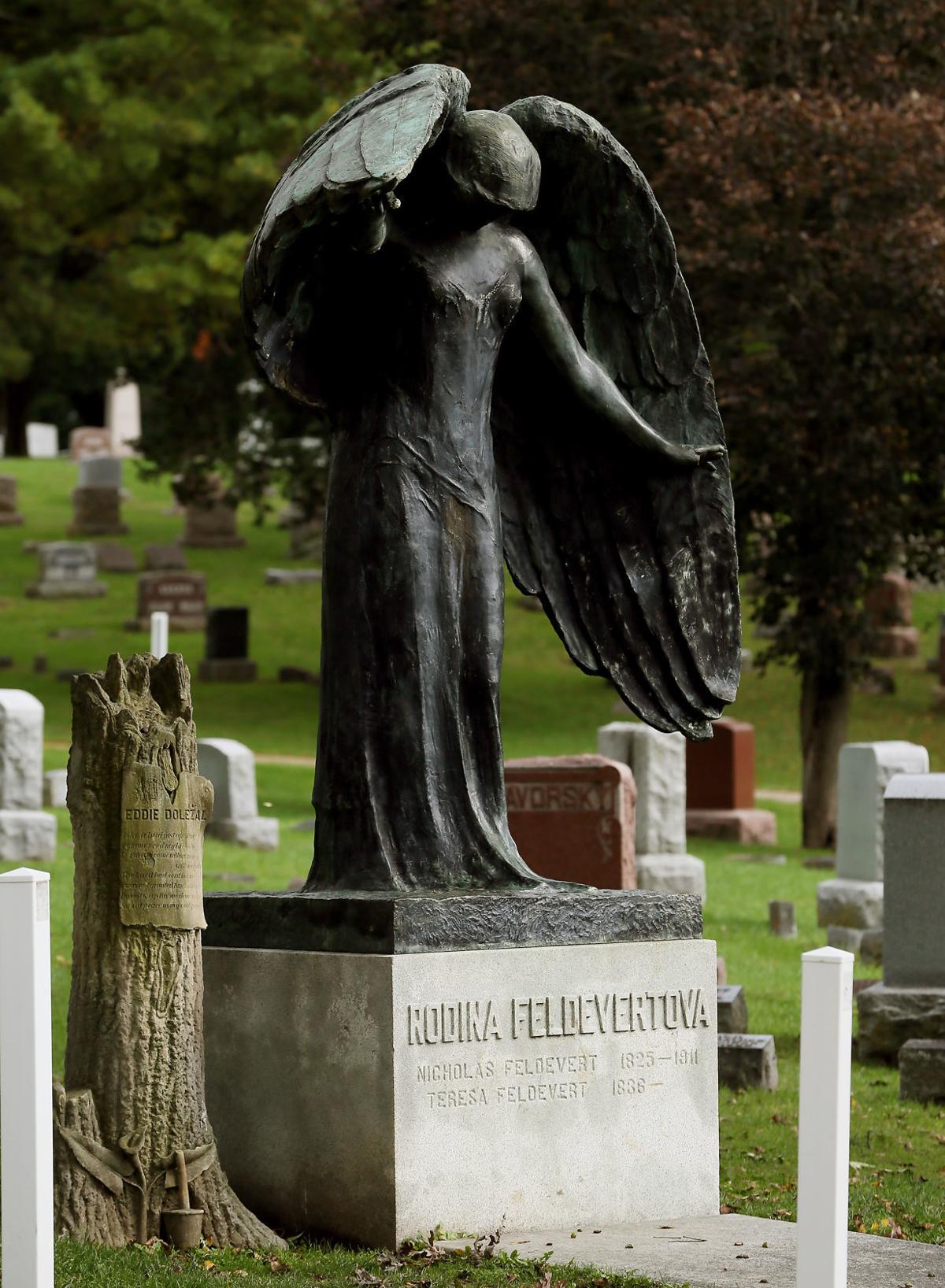
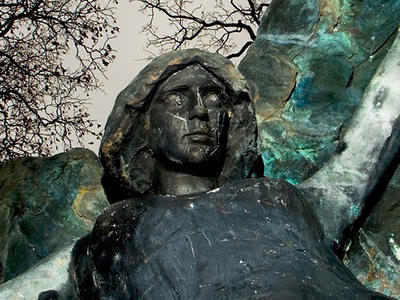
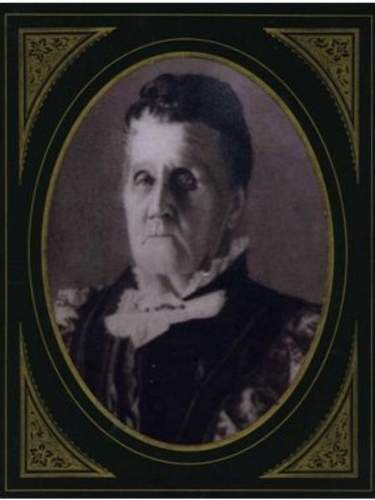
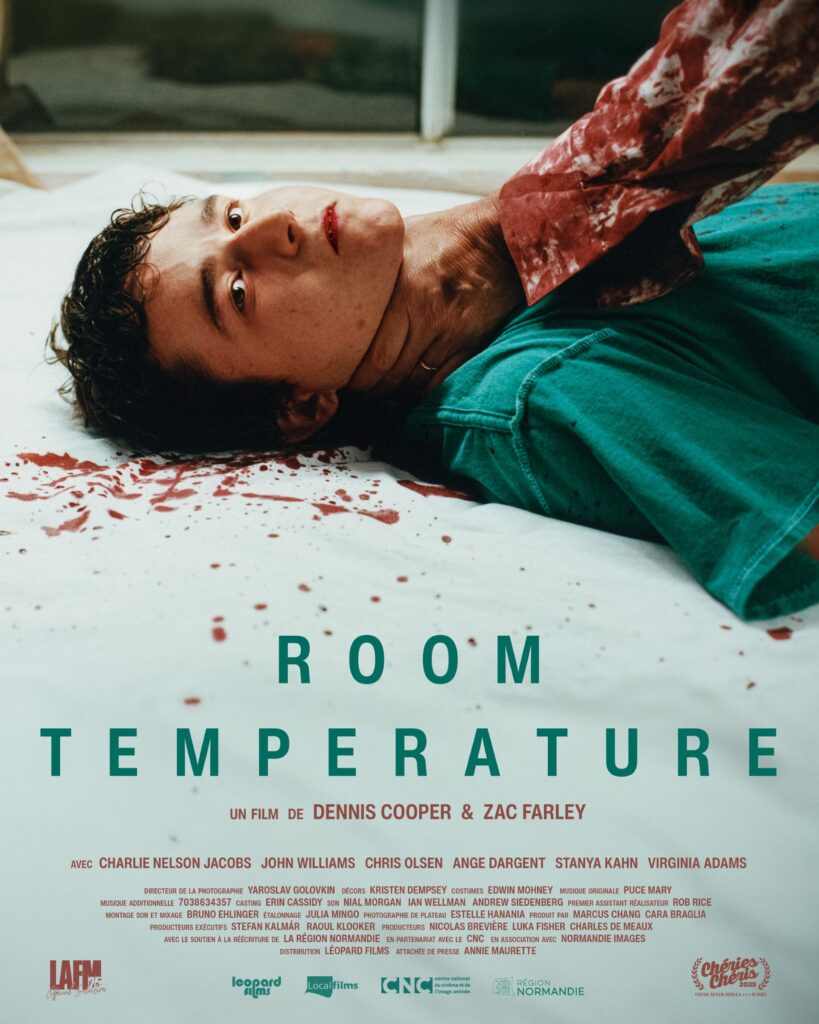

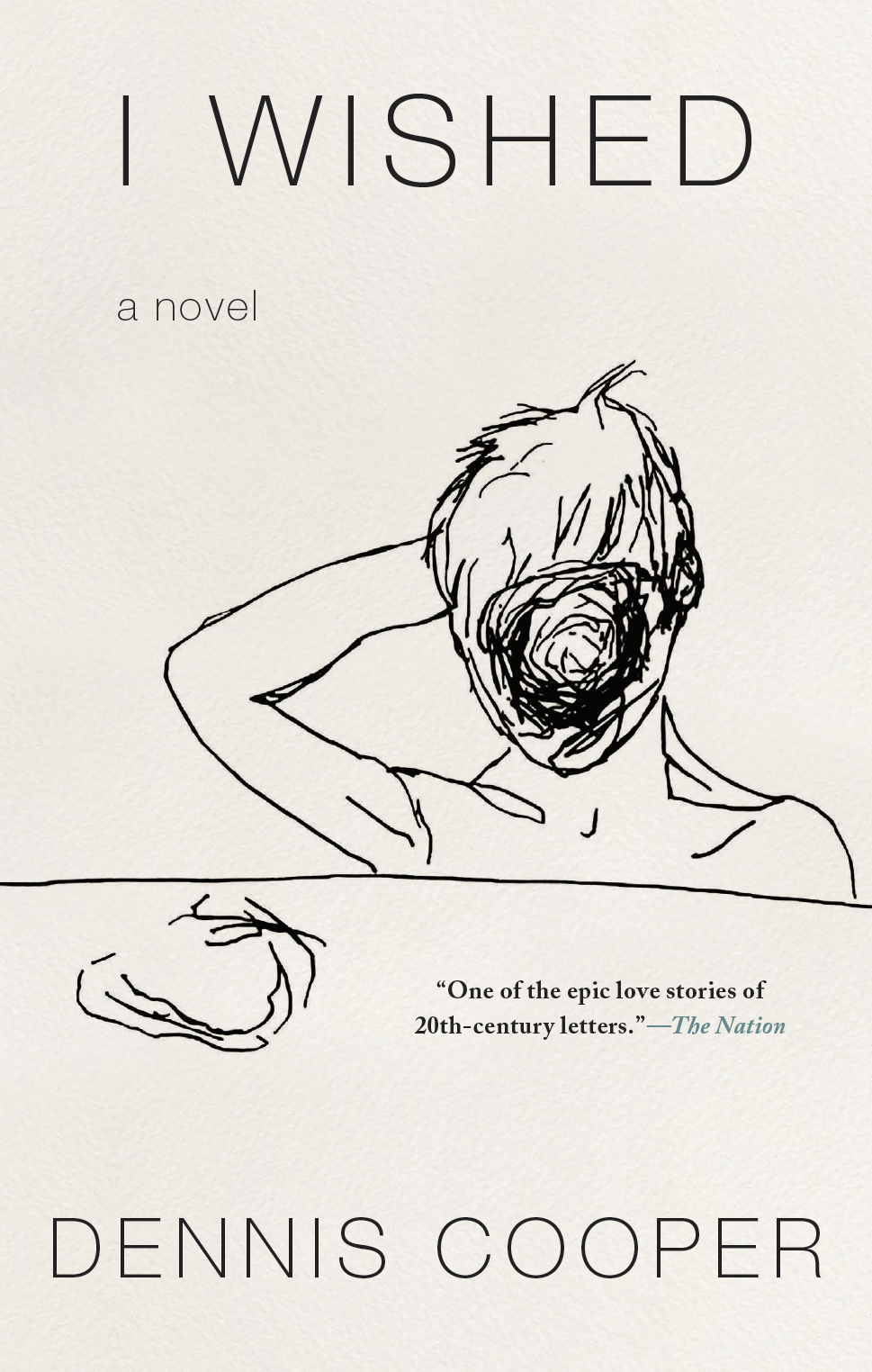
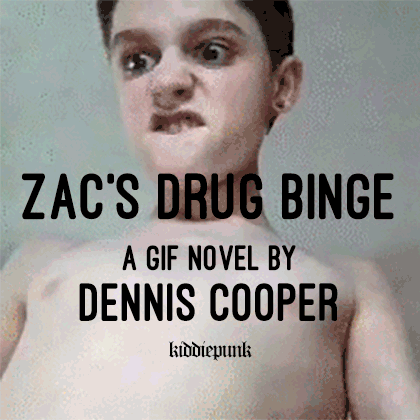
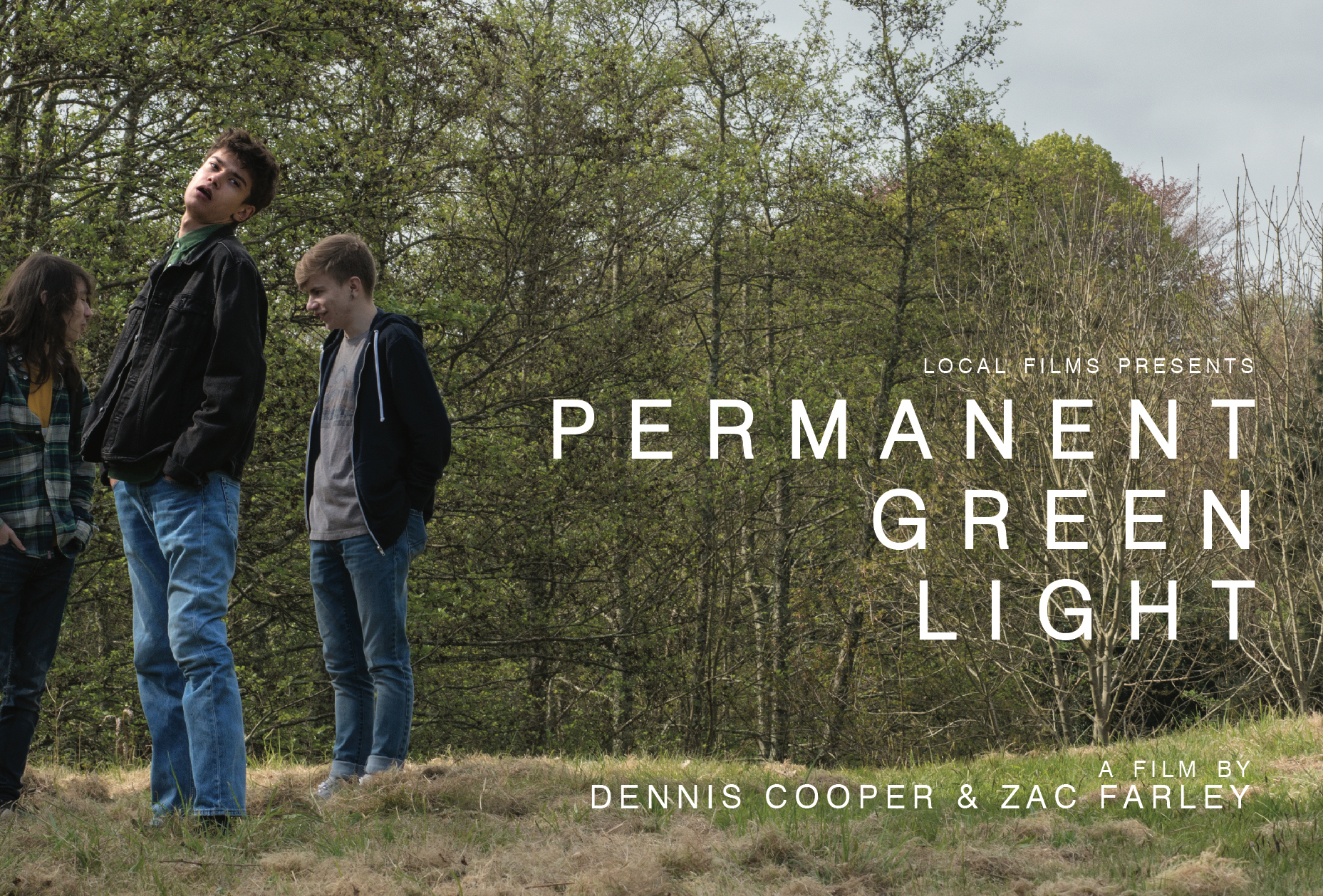 Now available in North America
Now available in North America 